THE MOST SIGNIFICANT DETROIT SHOW DEBUTS OF THE LAST DECADE
Before the 2018 show, look back at the big hitters from years past.

KhodroCar - There’s no disputing the ongoing importance of the Detroit Auto Show. It’s played host to countless introductions of future-looking concepts and major car debuts, both from domestic and international automakers. As we prepare for the 2018 show, which is already scheduled to feature hugely important product reveals, we decided to take a look back at the most significant introductions from the show’s past decade.
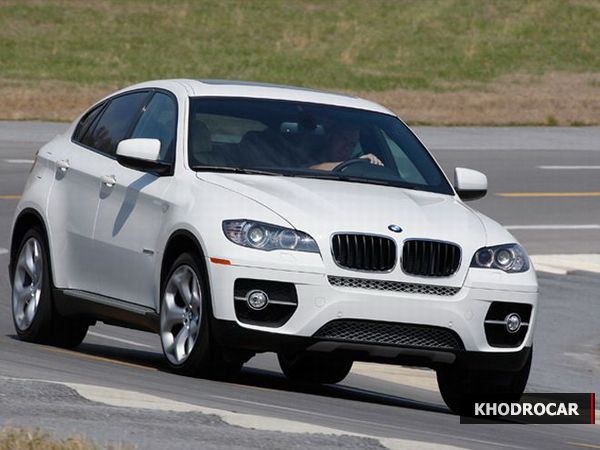
2008: BMW X6
Love it or hate it, the X6 began a trend. First, it showed that customers would accept the inherent spaciousness compromises of coupe-like SUVs, leading to the X4 and X2 at BMW, as well as similar models from Mercedes-Benz. It also hinted that BMW would go all-in on its "Sports Activity” vehicles, pushing SUVs and crossovers of all shapes and sizes – again, just like most other OEMs have done in the past decade.
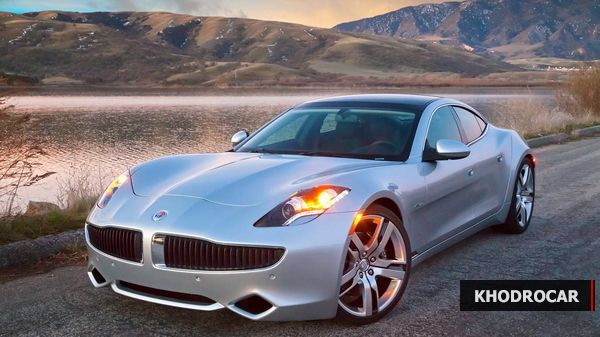
2009: Fisker Karma
The tale of the Fisker Karma is a troubled one; the car was never as successful commercially as the Tesla Model S, which was revealed the same year. But the Karma, like Tesla’s all-electric creation, was a clear look at the future of automobiles. With a plug-in hybrid powertrain packed into a gorgeous body, the Karma was a promising and alluring car. While a commercial flop, its significance remains that it signalled the beginning of a shift toward more futuristic powertrains in the car market. And at an auto show without much else going on – post-recession, eight OEMs had pulled out of the 2009 Detroit show – the Karma was a big hit.

2010: Ford Mustang GT
No, this was not the introduction of an all-new Mustang, but rather a significant new engine. For the 2011 GT, Ford ditched the 4.6-liter V8 and introduced a more powerful 5.0-liter unit. There was a pretty significant improvement in output: where the 2010 GT had been rated for 315 horsepower and 325 pound-feet of torque, the five-point-oh dished out a healthy 412 hp and 390 lb-ft. In a year of ho-hum debuts at the Detroit show, a big injection of power for the Mustang was big news.
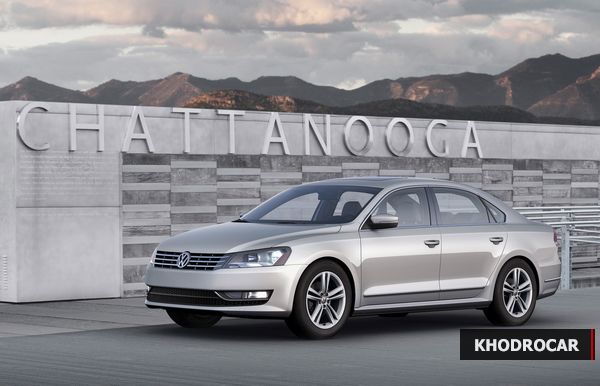
2011: Volkswagen Passat
Still struggling to grab a big market share in the U.S., and following on a stated (and later abandoned) goal of reaching 800,000 U.S. sales by 2018, Volkswagen made a Passat tailored specifically for the U.S. market. It was larger, less expensive, and, according to some critics, a let-down compared to the old model. But guess what? Customers liked it much more than the cramped, more expensive outgoing Passat. The new car was a hit: In 2010, Volkswagen sold fewer than 13,000 Passats in the U.S. In 2012, that number was a stunning 117,023.

2012: Scion FR-S/Subaru BRZ
Although the cars had been shown a month previously at the 2011 Tokyo Auto Show, it wasn’t until Detroit that I got to sit inside a car I’d been eagerly anticipating for years. Even sitting still on the auto show stage, the car thrilled me. The BRZ and FR-S (now known as the Toyota 86) were exactly the cars for which enthusiasts had pined for years: Lightweight, affordable, simple, rear-wheel-drive sports coupes. The Toyota/Subaru twins delivered on that promise; even today they have essentially no direct rivals.
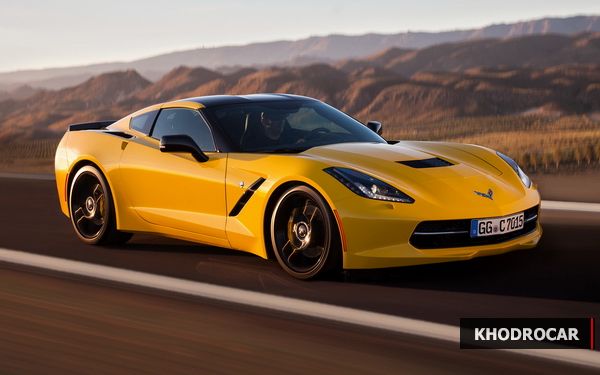
2013: Chevrolet Corvette Stingray
There can be no downplaying the excitement around and thus the significance of the introduction of a new Corvette. The seventh-generation car brought a new look, more features, and more power to Cobo Center than the prior Corvette. It also began the introduction of a steady stream of even more extreme models: the Z06, the track-focused Grand Sport, and most recently, the incredible ZR1.
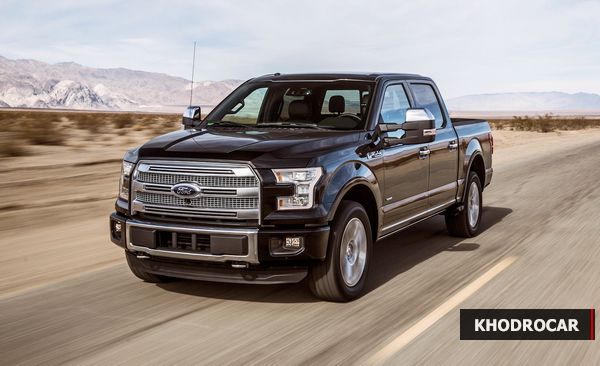
2014: Ford F-150
A new version of America’s best-selling vehicle is always a big deal, but even more so when the Ford F-150 switched to aluminum construction. Fast forward to now and it’s clear the lightweight material – which, at the 2014 show, was said would slim down the F-150 by as much as 700 pounds – has done nothing to harm the pickup truck’s performance or popularity. Yet at the time, it was a huge paradigm shift. It also signaled that Ford was very much looking to the future to save fuel with its truck, having already adopted a range of turbocharged V6 engines in a segment that had traditional clung on to V8s.
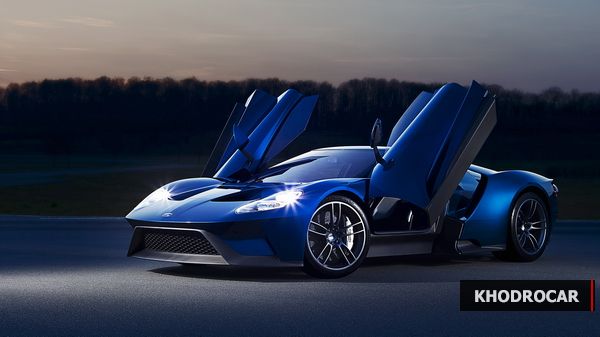
2015: Ford GT (and Raptor and GT350)
It would be news alone to introduce a built-from-scratch supercar that had also birthed a Le Mans racing version. But Ford stole even more auto show hype by following up the reveal of the GT by showing the Raptor version of the newest F-150, as well as the racy Shelby GT350 variant of the Mustang. It was a signal of a company on a roll and dedicated to expensive, involved projects that would turn out incredible performance vehicles. It was a coup, too, for Ford to steal the limelight away from the Acura NSX, which after long delays was finally shown in production form at the same show. What a difference from 2010, when simply introducing a new Mustang engine was news alone at the Detroit show.
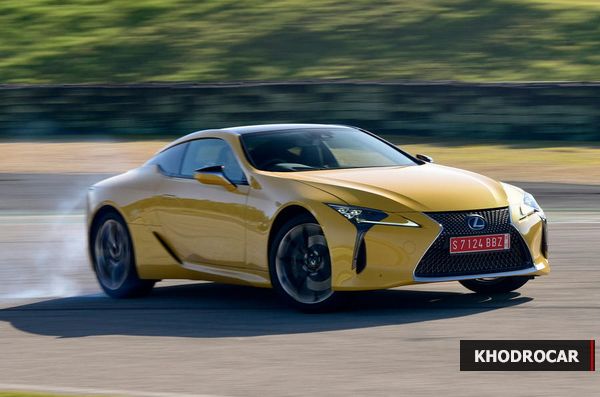
2016: Lexus LC 500
What a difference from the RX crossover: The finished version of the LF-LC concept we had seen at the 2012 Detroit show, the Lexus LC 500 blew us away with its gorgeous looks and fabulous interior trimmings. Better still, it was a car designed from the outset to be a performer, complete with a high-revving V8 and optional carbon fiber bits. Introducing a car like the LC is a sure sign of a company’s optimism for the auto market, and a solid reminder that the smart minds at Lexus don’t take kindly to hearing that we think their cars can be dull. As we found out when we got behind the wheel, that’s far from the case for the LC 500. Lexus was back with a serious grand tourer.
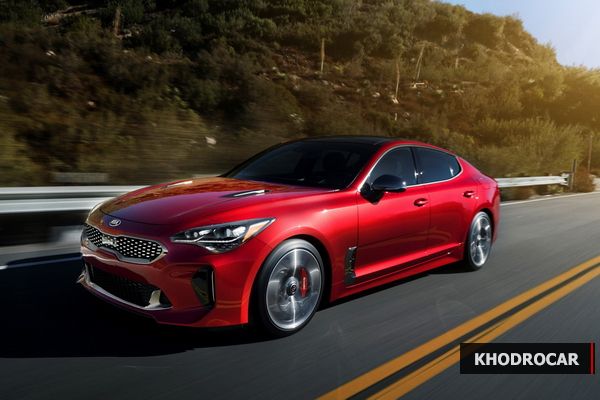
2017: Kia Stinger
Making good on the big promises laid down by the racy GT and GT4 Stinger concepts, Kia finally showed off a rear-wheel-drive sports car that looked to have world-class performance pedigree. The Stinger was the latest step in Kia’s continual introduction of vehicles that were better and better than their predecessors, showing that the Korean automaker had well and truly made it on the world stage. Fortunately, it wasn’t all auto show flash: our First Drive of the Stinger proved that Kia really had built an outstanding driver’s car. In fact, it came pretty darn close to beating a BMW in a comparison test.
Source: motor1.co
Latest News


